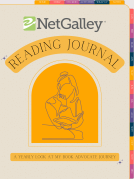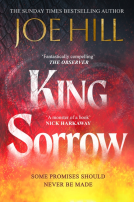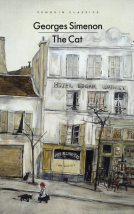
Riding Jane Crow
African American Women on the American Railroad
by Miriam Thaggert
This title was previously available on NetGalley and is now archived.
Send NetGalley books directly to your Kindle or Kindle app
1
To read on a Kindle or Kindle app, please add kindle@netgalley.com as an approved email address to receive files in your Amazon account. Click here for step-by-step instructions.
2
Also find your Kindle email address within your Amazon account, and enter it here.
Pub Date 28 Jun 2022 | Archive Date 1 Jul 2022
Talking about this book? Use #RidingJaneCrow #NetGalley. More hashtag tips!
Description
How Black women navigated train travel and Jane Crow from 1860 to 1925
Miriam Thaggert illuminates the stories of African American women as passengers and as workers on the nineteenth- and early-twentieth-century railroad. As Jim Crow laws became more prevalent and forced Black Americans to "ride Jim Crow" on the rails, the train compartment became a contested space of leisure and work. Riding Jane Crow examines four instances of Black female railroad travel: the travel narratives of Black female intellectuals such as Anna Julia Cooper and Mary Church Terrell; Black middle-class women who sued to ride in first class "ladies’ cars;" Black women railroad food vendors; and Black maids on Pullman trains. Thaggert argues that the railroad represented a technological advancement that was entwined with African American attempts to secure social progress. Black women's experiences on or near the railroad illustrate how American technological progress has often meant their ejection or displacement; and thus, it is the Black woman who most fully measures the success of American freedom and privilege, or "progress," through her travel experiences.
Miriam Thaggert is an associate professor of English at SUNY Buffalo and the author of Images of Black Modernism: Verbal and Visual Strategies of the Harlem Renaissance.
Advance Praise
"Riding Jane Crow brilliantly explores the experiences of Black women as passengers and workers on trains in post-Reconstruction America. This meticulously researched and well-written book takes the reader on a powerful journey that unveils the intricacies of race, gender, and class in travel history."--Keisha N. Blain, coeditor of the No. 1 New York Times bestseller 400 Souls and award-winning author of Set the World on Fire: Black Nationalist Women and the Global Struggle for Freedom
"Over the long twentieth century, black women navigated the gendered, sexualized, racialized hierarchies of American railroads, producing something new in American cultural history, a counter-story of Black female railroad history. With meticulous and creative archival research, Thaggert tells the story of Black female fugitive slaves, Black Pullman maids, Black female food vendors, and elite Black women travelers, who challenged the violence and humiliations of race and gendered train spaces and even, in some instances, secured their constitutional right to freedom and mobility."--Mary Helen Washington, author of The Other Blacklist: The African American Literary and Cultural Left of the 1950s
Available Editions
| EDITION | Other Format |
| ISBN | 9780252086595 |
| PRICE | US$22.95 (USD) |
| PAGES | 240 |
Links
Average rating from 11 members
Readers who liked this book also liked:
Catherine Merridale
General Fiction (Adult), Historical Fiction, Mystery & Thrillers


















